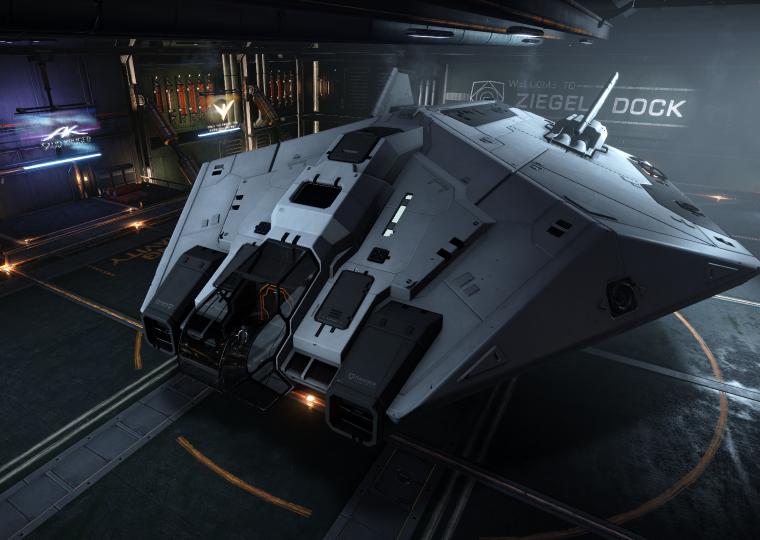CMDR foobaron76 profile > Logbook


(Asp Explorer)

Conducted a survey of the high mass systems in the Phleedgoe nebula, mostly trying to locate signs of life.
Anemones and Bark Mounds are present in abundance. The following are just the first three systems with life that I visited, but there were many more systems with a similar amount of biological signals inside the nebula.
Phleedgoe OT-G d11-195, 4 bodies with biological signals
- 1 a, 1 b, 1 c, 1 d: Bark Mounds
Phleedgoe UJ-Q e5-78, 2 bodies with biological signals
- B 1: Anemones (Blatteum Bioluminescent)
- C 1 a: Bark Mounds
Phleedgoe UJ-Q e5-12, 11 bodies with biological signals
- 2, 4, 6, 8: Anemones (Roseum Bioluminescent)
- 9 e, 10 e, 10 f, 11 a, 11 b, 12 b, 12 c: Bark Mounds
Conclusions: at least in my sample of systems, Anemones were found on high G planets whereas Bark Mounds were found on low G moons.
Today's theme has been Anemones.
The first finds were in Sphuquia YE-R e4-1996 on planets 4, 6, and 8. These were then followed up only a few jumps later in Sphuquia AA-A g9 on planet A 6.
Discoveries in and around the Vegneia nebula.
Vegneia DJ-G b38-2: Planet A 2 has 4 biological signals. They are Bark Mounds, but also all in perpetual darkness on a tidally locked planet.
Vegneia AZ-Q c18-178: Bodies A 6 a and A 7 a both feature 5 biological signals with Bark Mounds. Since they are moons, the Bark Mounds are in the daylight for some of the time.